Ragi millet, also known as Finger Millet, is a highly nutritious and versatile grain that is widely cultivated in various parts of India and other countries in Africa and Asia. It’s known for its health benefits and rich nutritional profile, making it an excellent addition to a balanced diet.
Benefits of Ragi Millet (Finger Millet)
- Rich in Calcium:
- Ragi is one of the best plant-based sources of calcium, which is essential for maintaining strong bones and teeth. It helps prevent bone-related diseases like osteoporosis and promotes overall bone health.
- Gluten-Free:
- Ragi is naturally gluten-free, making it an excellent choice for those with celiac disease or anyone following a gluten-free diet.
- High in Fiber:
- Ragi is rich in dietary fiber, which promotes good digestion, supports weight management, and helps lower cholesterol levels. Fiber is also beneficial in preventing constipation and maintaining bowel health.
- Rich in Antioxidants:
- Ragi contains antioxidants like polyphenols and flavonoids, which help in neutralizing free radicals, reducing oxidative stress, and combating inflammation in the body.
- Regulates Blood Sugar Levels:
- The low glycemic index of Ragi makes it an excellent food for people with diabetes, as it helps in regulating blood sugar levels and preventing spikes in glucose.
- Good Source of Iron:
- Ragi is a great source of iron, which helps in the production of hemoglobin, improving blood circulation and preventing iron-deficiency anemia.
- Boosts Immunity:
- Due to its high mineral content, including iron, magnesium, and phosphorus, Ragi strengthens the immune system and helps the body fight infections.
- Rich in Amino Acids:
- Ragi contains several important amino acids, including methionine and tryptophan, which are important for protein synthesis and the production of serotonin, a neurotransmitter that affects mood and sleep.
- Promotes Healthy Skin:
- The high levels of antioxidants, along with essential amino acids, help in promoting healthier skin and can delay signs of aging.
- Helps in Weight Management:
- Due to its fiber and protein content, Ragi helps keep you fuller for longer, reducing the urge to snack and assisting in weight management.
How to Use Ragi Millet in Cooking
Ragi is a highly versatile grain, and it can be used in many forms – whole, flour, or even as a fermented product. Here are some popular ways to use Ragi millet:
- Ragi Flour:
- Ragi flour is one of the most common forms of Ragi used in cooking. It can be used to make roti (flatbreads), dosa, idli, and even cakes and pancakes. Ragi flour is often combined with other flours to improve texture in baking.
- Ragi Roti (Flatbread):
- Ingredients: 1 cup Ragi flour, 1/4 cup water, salt, ghee (optional).
- Mix Ragi flour and salt, and gradually add water to form a smooth dough. Roll out into flatbreads and cook on a hot griddle until golden brown on both sides. Ragi roti can be served with curries, yogurt, or chutneys.
- Ragi Porridge:
- Ingredients: 2 tablespoons Ragi flour, 1 cup water or milk, jaggery or sugar (optional), cardamom or cinnamon.
- In a saucepan, mix Ragi flour with water or milk and cook it over medium heat, stirring constantly until the mixture thickens to a porridge consistency. Sweeten with jaggery or sugar, and add cardamom or cinnamon for flavor.
- Ragi Idli:
- Ragi can be added to the idli batter to make Ragi Idlis, a nutritious variation of the traditional South Indian steamed rice cakes.
- Mix equal parts of Ragi flour and rice flour with fermented batter and steam as you would traditional idlis.
- Ragi Dosa:
- Ragi flour can also be used to make dosa (a type of savory crepe) by mixing it with rice flour and fermented batter. Ragi dosa is crispy and can be served with chutneys and sambar.
- Ragi Ladoo:
- Ragi ladoo is a popular Indian sweet made by roasting Ragi flour and combining it with ghee, jaggery, and cardamom. It’s a healthy snack rich in nutrients and perfect for festive occasions.
- Ragi Smoothie:
- Ragi flour can be used to make a nutritious smoothie by blending it with fruits, nuts, milk (or plant-based milk), and honey for a wholesome breakfast or snack.
- Ragi Khichdi:
- You can make a savory Khichdi by cooking Ragi with lentils (dal), vegetables, and spices. This is a wholesome, comforting meal, perfect for breakfast or dinner.
- Ragi Cookies:
- Ragi flour can be used to bake gluten-free cookies. Combine it with oats, nuts, and a sweetener like honey or jaggery to make a healthy snack.
- Ragi Soup:
- Add boiled Ragi to soups for extra texture and nutrition. It can also be used to thicken the consistency of soups and stews.
How to Cook Ragi (Whole Millet)
- Boiling Ragi:
- Ingredients: 1 cup Ragi, 3 cups water, a pinch of salt.
- Wash the Ragi thoroughly under cold water.
- In a large pot, bring 3 cups of water to a boil, and add the washed Ragi.
- Cover the pot and simmer on low heat for 20-30 minutes, stirring occasionally, until the Ragi becomes soft and water is absorbed.
- Serve the boiled Ragi with vegetable curry, soups, or salads.
- Making Ragi Porridge (from Whole Millet):
- You can also soak whole Ragi overnight and cook it in milk or water the next morning to make a creamy porridge. Add a sweetener of your choice and enjoy it as a breakfast option.
Conclusion
Ragi millet (Finger Millet) is a highly nutritious, gluten-free grain that offers a wide range of health benefits, including supporting bone health, promoting digestive health, and improving skin quality. Its versatility in cooking makes it easy to incorporate into various dishes, whether you’re making roti, porridge, idli, or even smoothies and cookies. Ragi is not only delicious but also provides a sustainable source of essential nutrients that can support overall well-being.





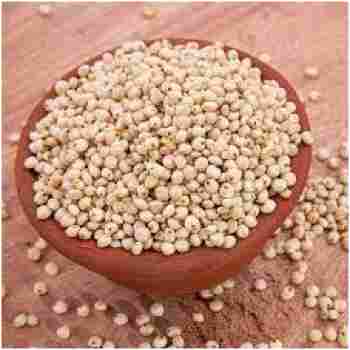


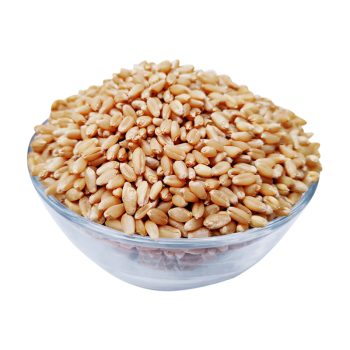


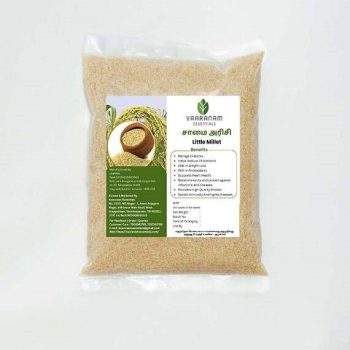

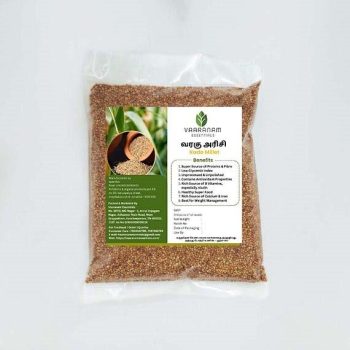
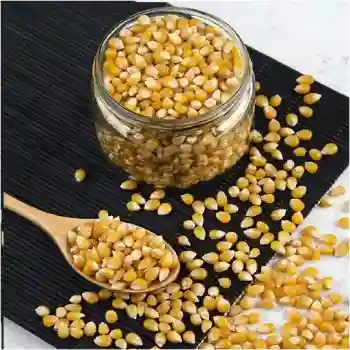
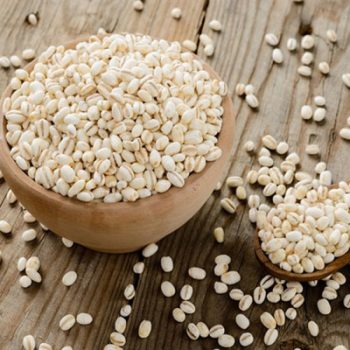

Reviews
There are no reviews yet.